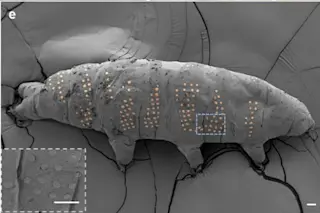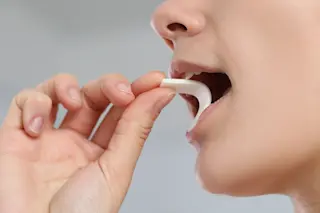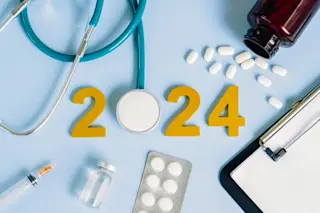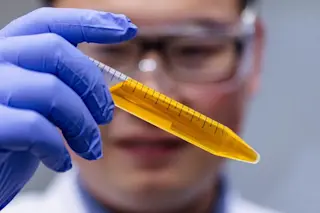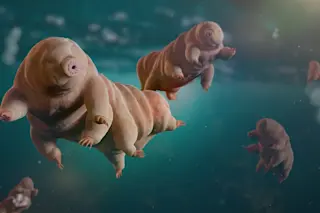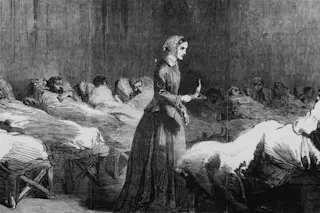Nature has some peculiar ways of creating molecules. Many molecules, such as DNA, proteins, and sugars, have a property called chirality. Basically, chiral molecules are molecules that are shaped such that they can’t be superimposed on their mirror image.
Scientists refer to this property as “handedness,” and it’s a great analogy for helping the rest of us understand chirality. If you put your right hand on top of your left hand, both hands palm down, they don’t match up. No matter how you twist and turn your hands, you won’t get one to perfectly cover the other.
Of course, molecules don’t have hands. But they do have shapes, and those shapes are very important when it comes to, among other things, creating drugs.
What are Mirror Molecules?
In the lab, scientists have been able to create molecules with handedness opposite that of the same molecules as they occur in nature. They can create a right-handed protein, for example, even though, in nature, proteins are left-handed. Such molecules are called mirror molecules. And they have many potential uses.
“Nature doesn't make a molecule to treat our disease,” explains Filippo Romiti, a biochemist who uses mirror molecules to develop therapies for cancer and other diseases. “Nature might use a molecule to repel insects or for some other reason.”
But sometimes, those molecules can slow cancer or treat infections. When scientists use molecules to develop drugs, they’re aiming to treat the cancer or vanquish the infection, but they also want to avoid unpleasant or dangerous side effects. By making mirror images of a molecule, scientists can choose the properties they want and avoid the ones they don’t.
Mirror molecules are already being used in FDA-approved drugs, and they have the potential for even more therapeutic uses.
Read More: Particularly Resilient Bacteria Are the Reason Why Antibiotics Can Fail
A Possible Step Too Far
Mirror molecules are one thing; mirror life, however, is quite another. Mirror life would be a lab-created organism, perhaps a bacterium, that could replicate itself, something a mirror molecule can’t do. Though no one has created mirror life — and scientists estimate that it would be at least a decade before anyone could — researchers have been pondering how to do it.
One of those researchers is Michael Kay, an expert on mirror-image pharmaceuticals. The reason for creating mirror life, he explains, is that it would be “convenient as a factory for making therapeutics.” Still, he and others in the field have been watching closely and evaluating the potential risks of a synthetic organism that is, as Kay puts it, “unlike anything evolution has seen before.”
Recent research has not been reassuring. One of the safety barriers to mirror life was thought to be that mirror life would pose no threat because it wouldn’t be able to find the nutrients necessary for survival. When research showed that there are plenty of resources available in the natural world to keep such an organism alive and growing, both in the environment and in human bodies, the risks began to look much more serious — serious enough to change Kay’s mind.
Because these mirror molecules did not evolve but were created in a lab, nothing evolved alongside them. There is no system of checks, such as we find in immune response and bacteria, for example. As a result, our immune systems would not recognize mirror molecules.
Mirror life would have no predators, and antibiotics wouldn't kill them. “Mirror life could,” says Kay, “grow slowly and steadily and eventually take over ecosystems like a terrible invasive species.”
To say mirror life, if loosed upon the world, could potentially wipe out all existing life or, at the very least, dramatically change life on Earth is not, according to Kay, hyperbole.
The Mirrored Future
Even so, Romiti is not terribly concerned. He’s not unaware of the potential risks but thinks there are already enough safeguards in place.
“There are so many checkpoints that it would be very hard in an academic setting, a setting where there is control by the government or a university, for this research to be taken too far,” he says.
As far as a rogue lab is concerned, he points out that this process is too technically complex for someone to carry out in their garage.
Others are not so sanguine. In December 2024, Kay joined a group of 38 international scientists, including two Nobel laureates and 16 members of national academies, to publish a paper in Science (as well as a separate 300-page technical report) urging caution and calling for a discussion among the research community, policymakers, research funders, and the public about how to apply the brakes to mirror-life research without impeding the important work being done on mirror molecules.
“Research in mirror therapeutics and mirror synthetic biology is very exciting, with a lot of interesting applications. We really don't want to hamper those promising applications,” says Kay. “I think there's a way to thread that needle to create, at most, only minor inconveniences for folks who are doing research on mirror molecules.”
Read More: New Molecule Used in Cancer Treatment Shows Promise for Treating HIV
Article Sources
Our writers at Discovermagazine.com use peer-reviewed studies and high-quality sources for our articles, and our editors review for scientific accuracy and editorial standards. Review the sources used below for this article:
Filippo Romiti is a biochemist at UT Dallas.
Michael Kay, an expert on mirror-image pharmaceuticals
Science. Confronting risks of mirror life





